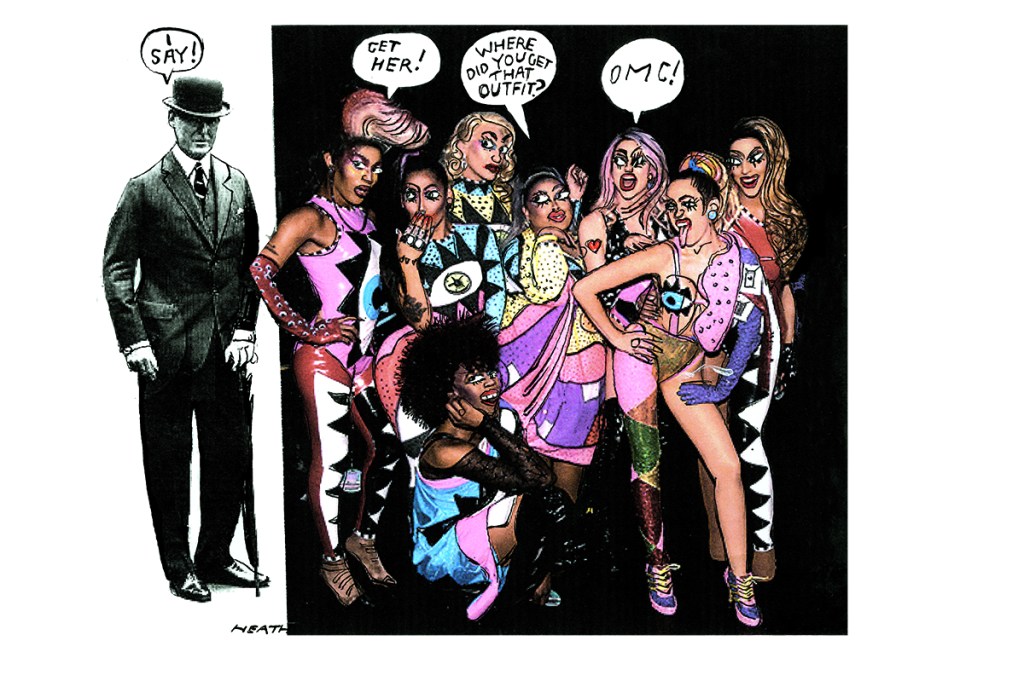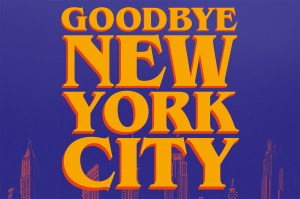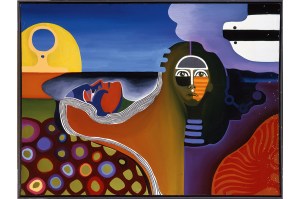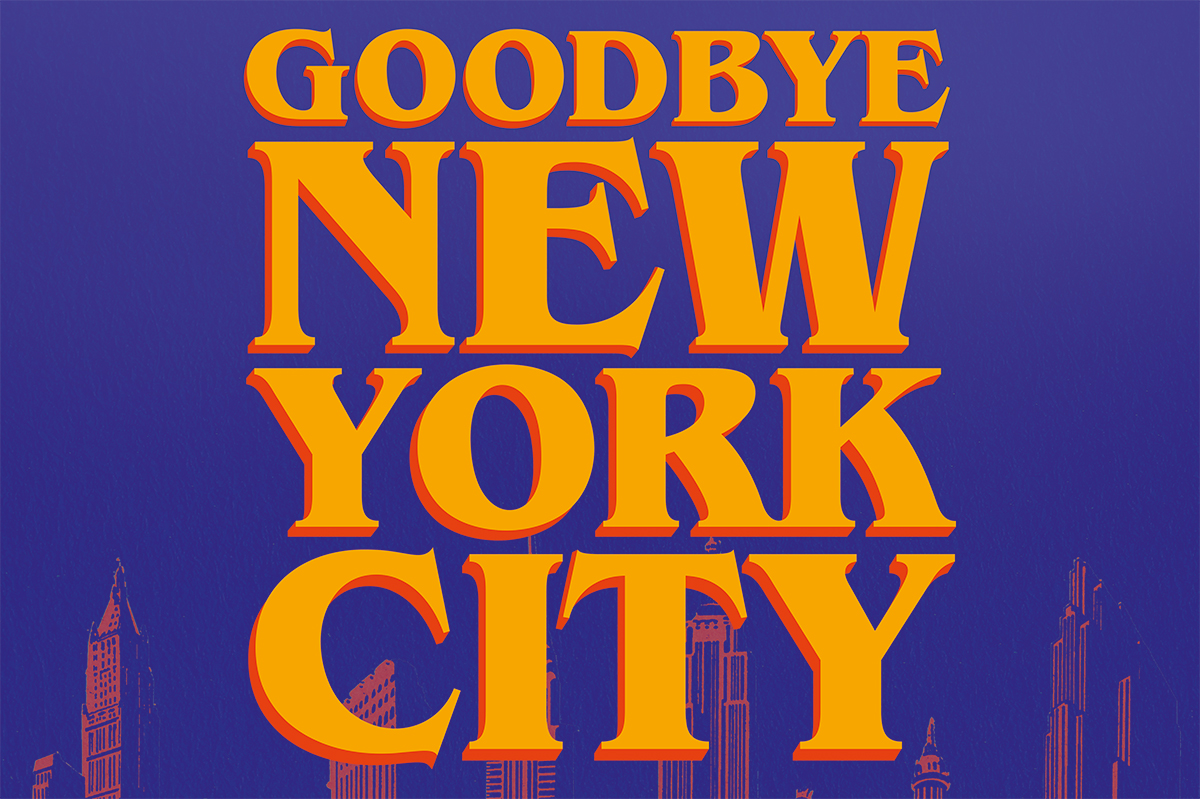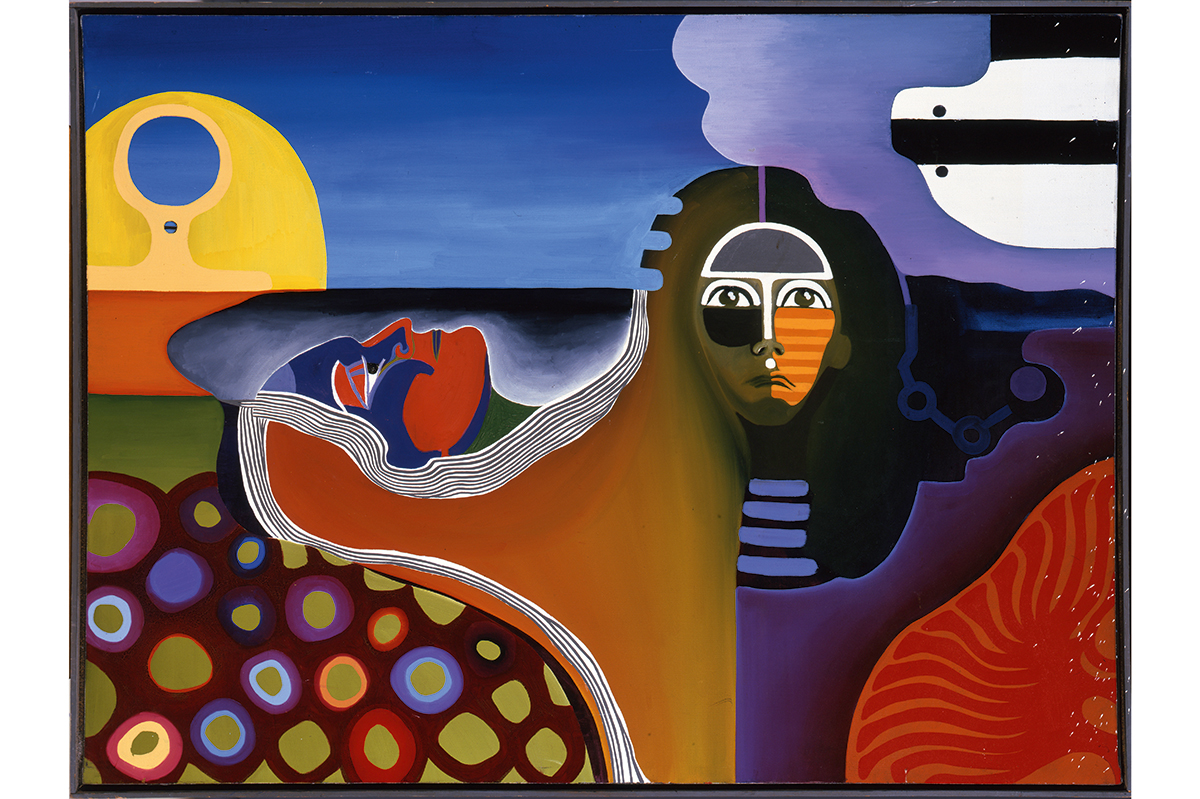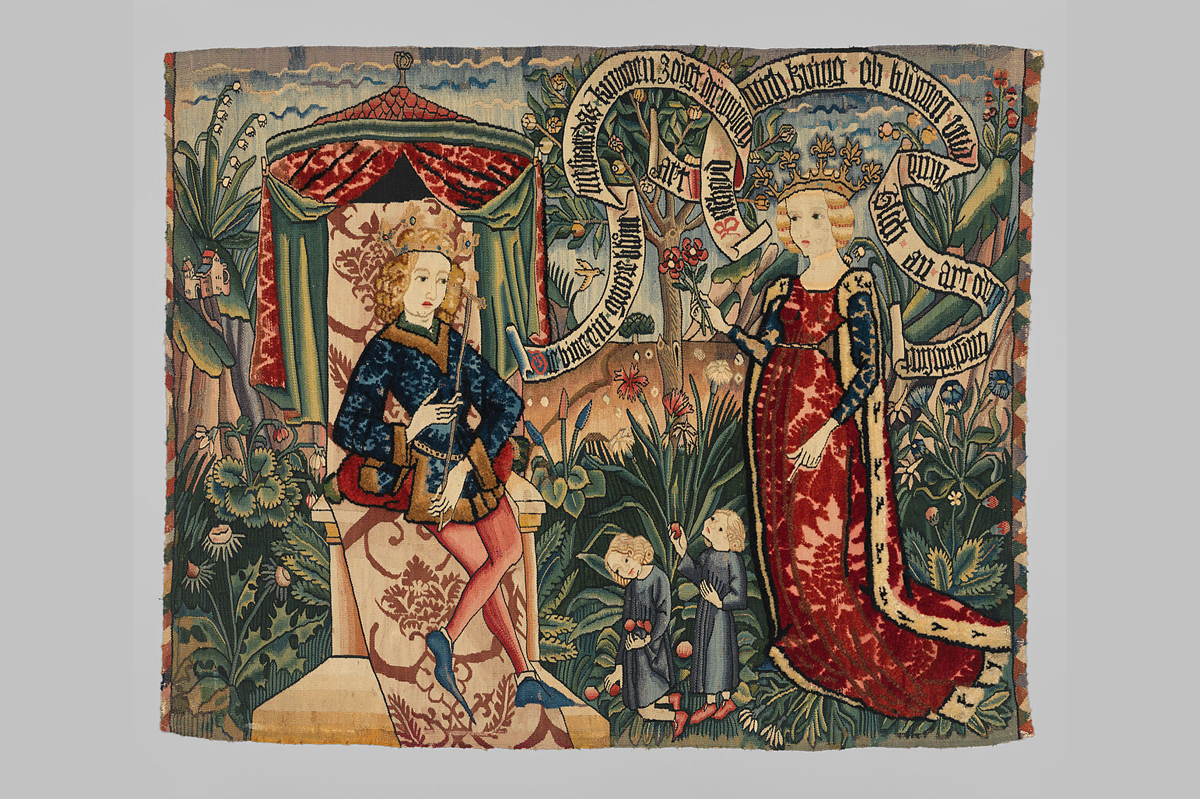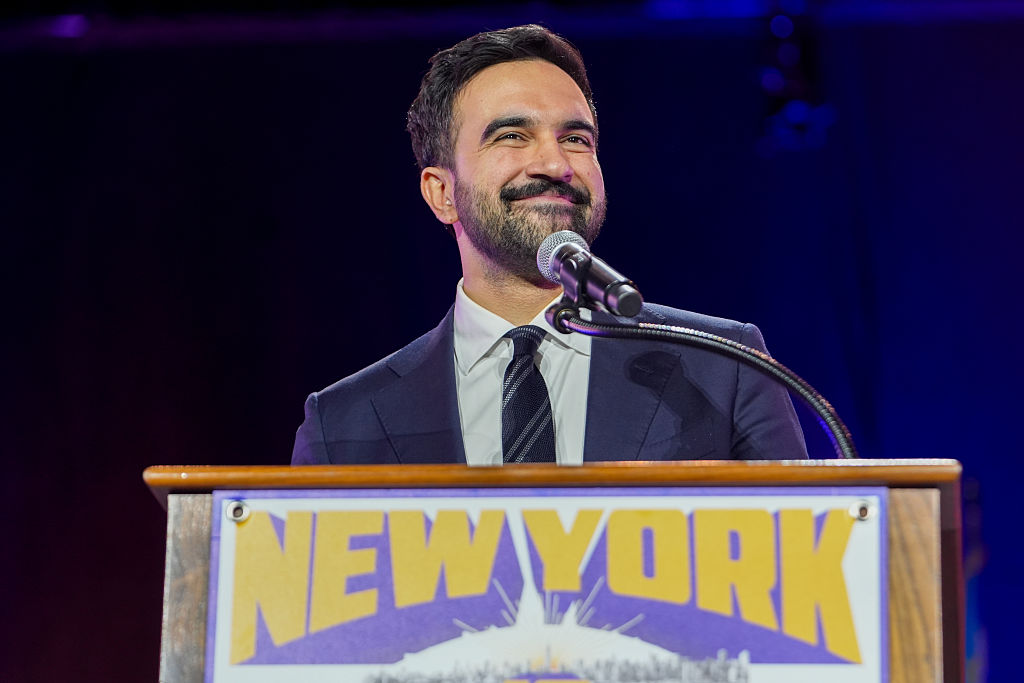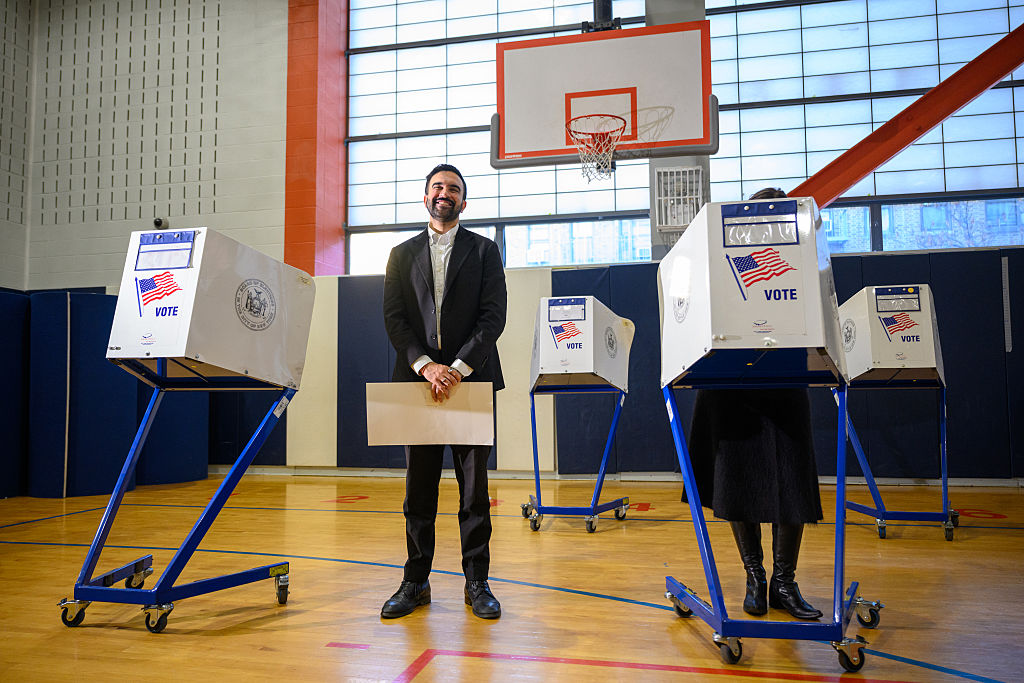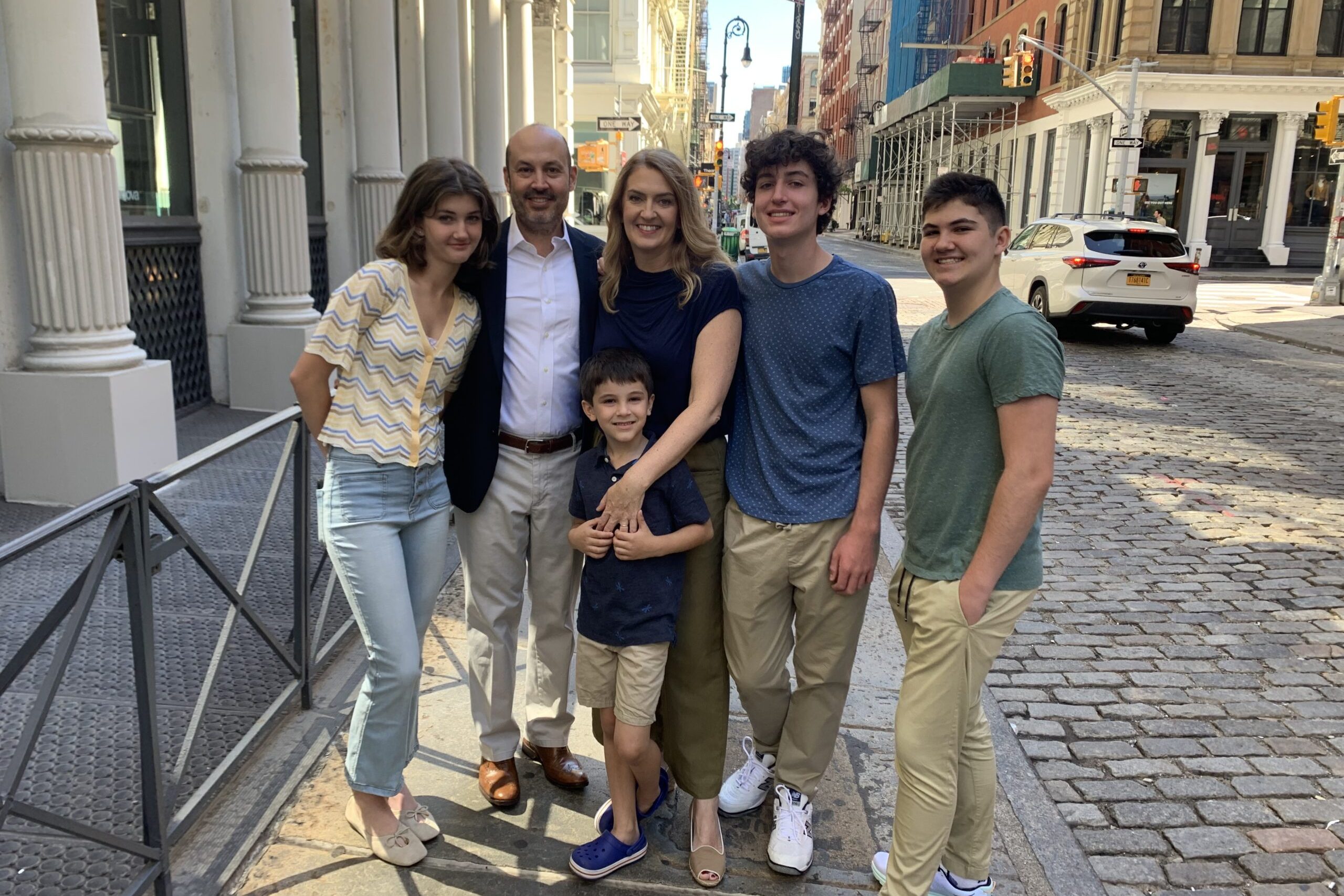The drag world is in the spotlight in America today, which is odd as drag has always been something separate and shielded from the regular, boring world. People don’t ‘do drag’ as they go about their daily business. You don’t see queens at your local Rite Aid, picking up some toilet paper. It was always something beyond, something glamorous. It’s meant for the night, away from prying eyes, just for those in the know.
I was one of those in the know. 1993, 16 years old and free in New York City, I would gravitate toward the drag world. Wednesdays in the Shampoo Room, at the infamous Limelight nightclub, queens would lounge on couches, perfectly made up, cigarettes in long elegant holders. I would lounge with them in my three-inch silver lashes and six-inch platform boots. Or I’d head to the top floor of the nightclub Webster Hall, in the room that doubled as a runway and the fashion show never stopped.
Were the queens my friends? It’s hard to say. I was awkward, lost and very young. They taught me to put on eyeliner but only some of them even knew my name. After I’d inevitably get separated from my friends, they were there to stuff me in a cab with them when we headed to the after-hours club Save the Robots in Alphabet City at 4am, or threaten a man who had gotten too close and wouldn’t leave me alone. They made me feel included and part of their thing. They were a world unto themselves and I was in it.
So when I first heard about ‘Drag Queen Story Hour’ at libraries across the country my reaction, despite being a conservative and a mother of three, was less about the kids being exposed to boas and sequins as: why? Why would any drag queen do that? Drag is costume, yes, but it’s not clownish. Someone dressed as Batman or a Disney princess can go do library readings. Drag is an art and it should be saved for grown-ups — not because drag queens are specifically not child-friendly but because not everything has to be repackaged for children.
Simon Doonan, prolific writer and creative ambassador for the department store Barneys, has a new book out called Drag: The Complete Story. Doonan does mean complete. The book is beautiful. Pages on drag in Greek and Roman mythology are followed by the story of drag in early 1900s Japan. Doonan paints a picture of drag as historic artform, glam and glittering, old as time yet ever-evolving. He shows drag as comedy, drag as imitation, drag as rock ’n’ roll. There is no drag as schoolmarm at the library.
But gender-bending as a good time is hardly done anymore. The rules are rigid and that rigidity doesn’t always come from the right.
Doonan quotes Billy Beyond, who in the 1990s was the first drag supermodel: ‘I was only a supermodel for these brief moments on the runway. Then I was back to being a boy. I never had gender dysphoria.’
Would that even be allowed in 2019? In an era where straight people put their pronouns in their email signature, the idea of dressing as the opposite gender for fun or for money is actually revolutionary. It’s easy to imagine a 2019 supermodel Billy Beyond being met with protests that an actual trans woman should have his supermodeling job.
You used to be able to be someone else just for a weekend and go back to whatever you wanted to be during your regular life. That would be so much harder today. The fun has been stripped from the idea of dress-up. Now it means something very serious, something final. Dress as the opposite gender for a good time, and everyone around you will worry about getting your pronouns right lest they be perceived as less than fully supportive of trans rights. Drag was supposed to be the opposite of these strict rules and severe limits. It was an escape from the box we’re all stuck in. Escape from the box, dress up and… go read to kids at the library? Who signed up for this version of drag life?
Doonan’s book respects drag as the radical enterprise it is while saluting its more mainstream moments. RuPaul is on our televisions looking for ‘America’s next drag superstar’, sure, but that drag superstar won’t be teaching crochet or dressing in drag for their job as an accountant.
Is drag, whether doing it or seeing it, for everyone? Surely no. Nothing cool can really be for the masses, and drag is cool. Drag is not for kids because kids aren’t cool, no matter how much their parents pretend otherwise. That’s OK; they’re not supposed to be. Leave the kids alone. And leave the drag queens alone too.
This article is in The Spectator’s December 2019 US edition.



